Roque Cinchado
This unique rock formation is quite the local celebrity, although one day it may come crashing down.
Roque Cinchado is a beloved rock formation created from volcanic activity. For the people of the Canary Islands, “roque” refers to rocky formations, often situated in prominent places or in the sea.
Due to its curious tree-like shape, the formation is also known as the “Stone Tree.” The rock has defied gravity for thousands of years and is one of the most photographed places in Teide National Park. The formation became even more popular when it was featured on the 1,000 peseta banknotes, before the adoption of European currency.
The 88-foot-high (27 meters) rock is located about 1,000 feet (304 meters) away from Teide. The formation belongs to an alignment of several large rock formations near the summit of the island known as “Los Roques de García.”
These rocks were formed by successive layers of volcanic material and actually created a wall that separated the two craters of the “Las Cañadas” caldera. Scholars believe that Roque Cinchado is different from the rest of the formations because it has produced differential erosion, a process by which softer rocks wear down more rapidly than harder rocks.
“Cinchado” means “tightened” and derives from the curious shape and extremely narrow base of the rock formation that looks as though it was tightened by a belt. Many experts believe that over time the formation will eventually collapse due to erosion at the base.
Know Before You Go
The rock is situated 41 miles (67 kilometers) from Santa Cruz de Tenerife by the road TF-24.
Community Contributors
Added by
Edited by
Plan Your Trip
The Atlas Obscura Podcast is Back!



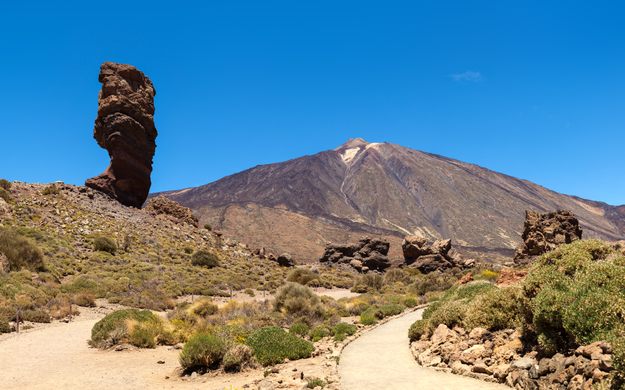






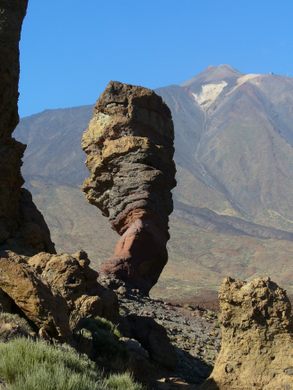
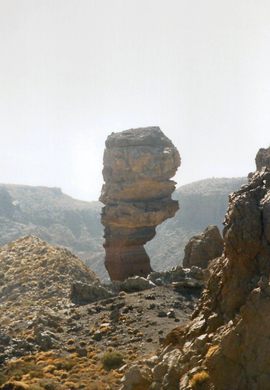
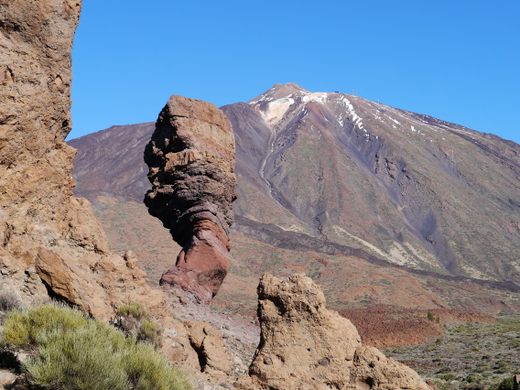

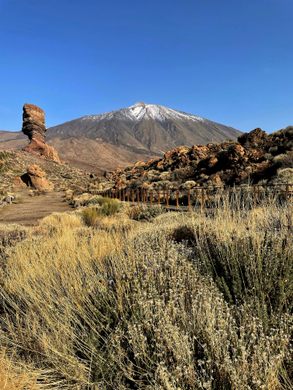








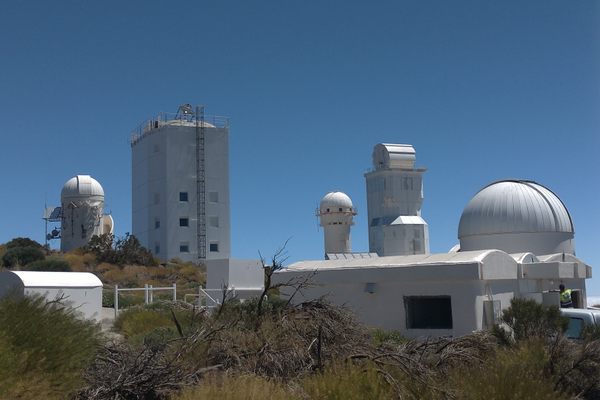
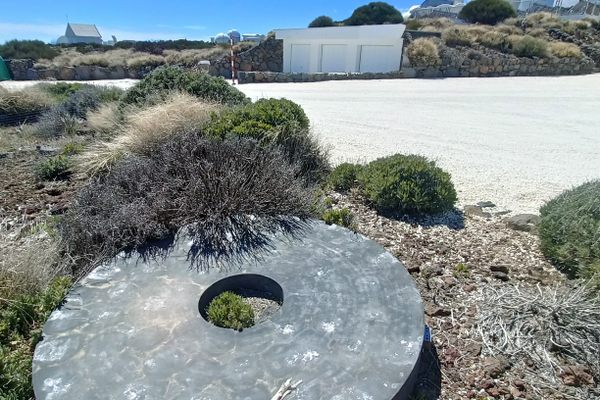

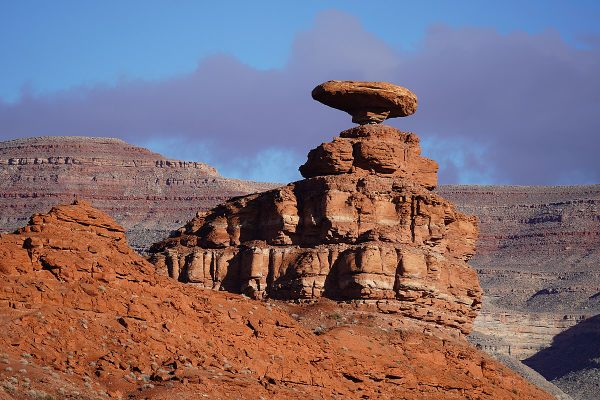
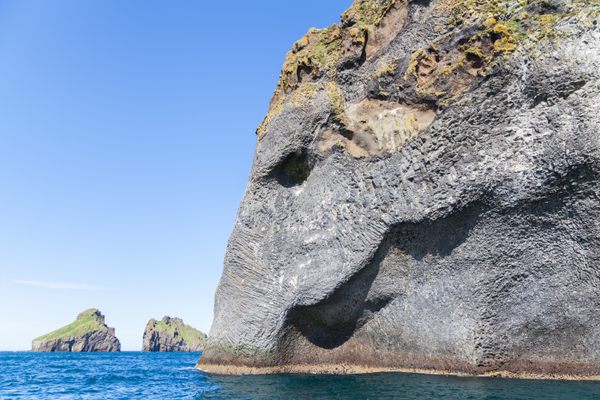
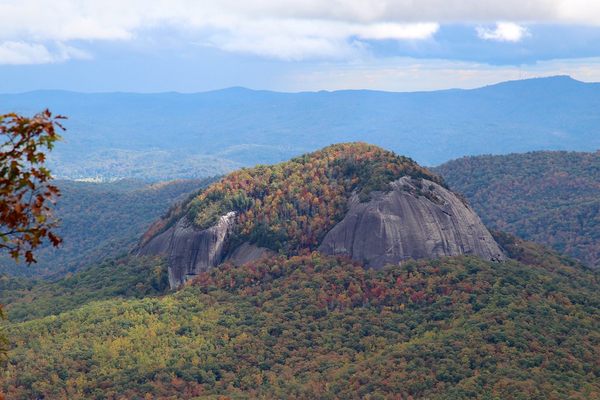
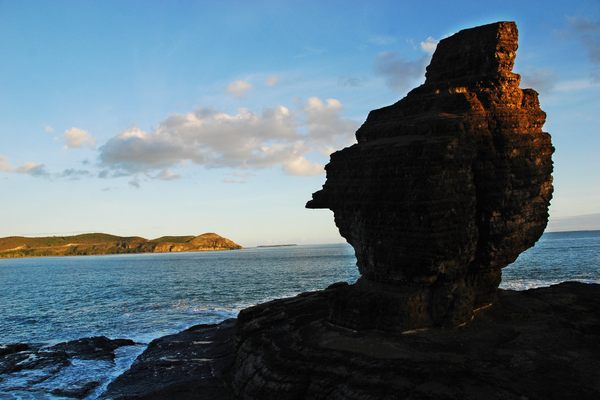

Follow us on Twitter to get the latest on the world's hidden wonders.
Like us on Facebook to get the latest on the world's hidden wonders.
Follow us on Twitter Like us on Facebook